5. Dogville (2003, Lars von Trier)
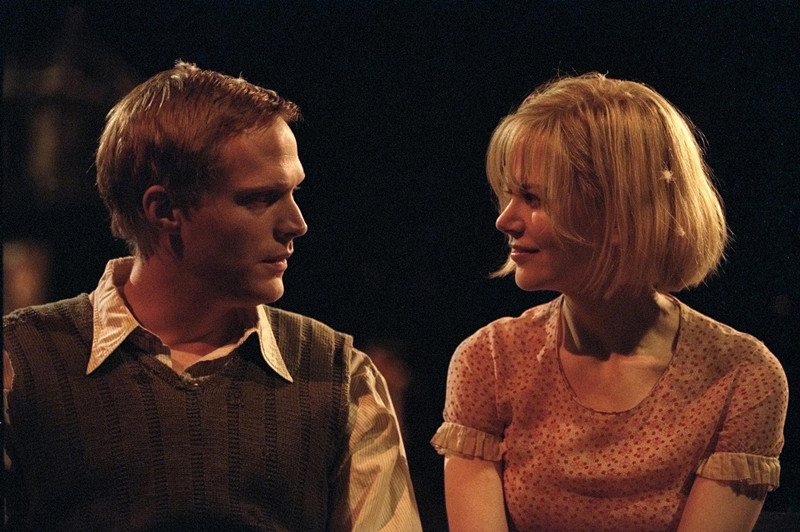
With a very intriguing way of approaching space in its mise en scène, “Dogville” is probably Lars von Trier’s best movie to date.
The film follows the story of a woman who is accepted in a small town in Colorado while running away from the mob. However, being accepted by this old mining town will have dreadful consequences.
Showing how power can lead to horrible acts and how an apparent atmosphere of kindness seems to always be on the edge of being destroyed, “Dogville” has scenes that are very difficult to watch while we follow the protagonist’s arc.
With a powerful performance by Nicole Kidman in the leading role as Grace Margaret Mulligan, and its unique approach on set design and the somber atmosphere of the film – as in most of von Trier’s works – makes it definitely worth watching by any cinephile.
4. Holy Motors (2012, Leos Carax)
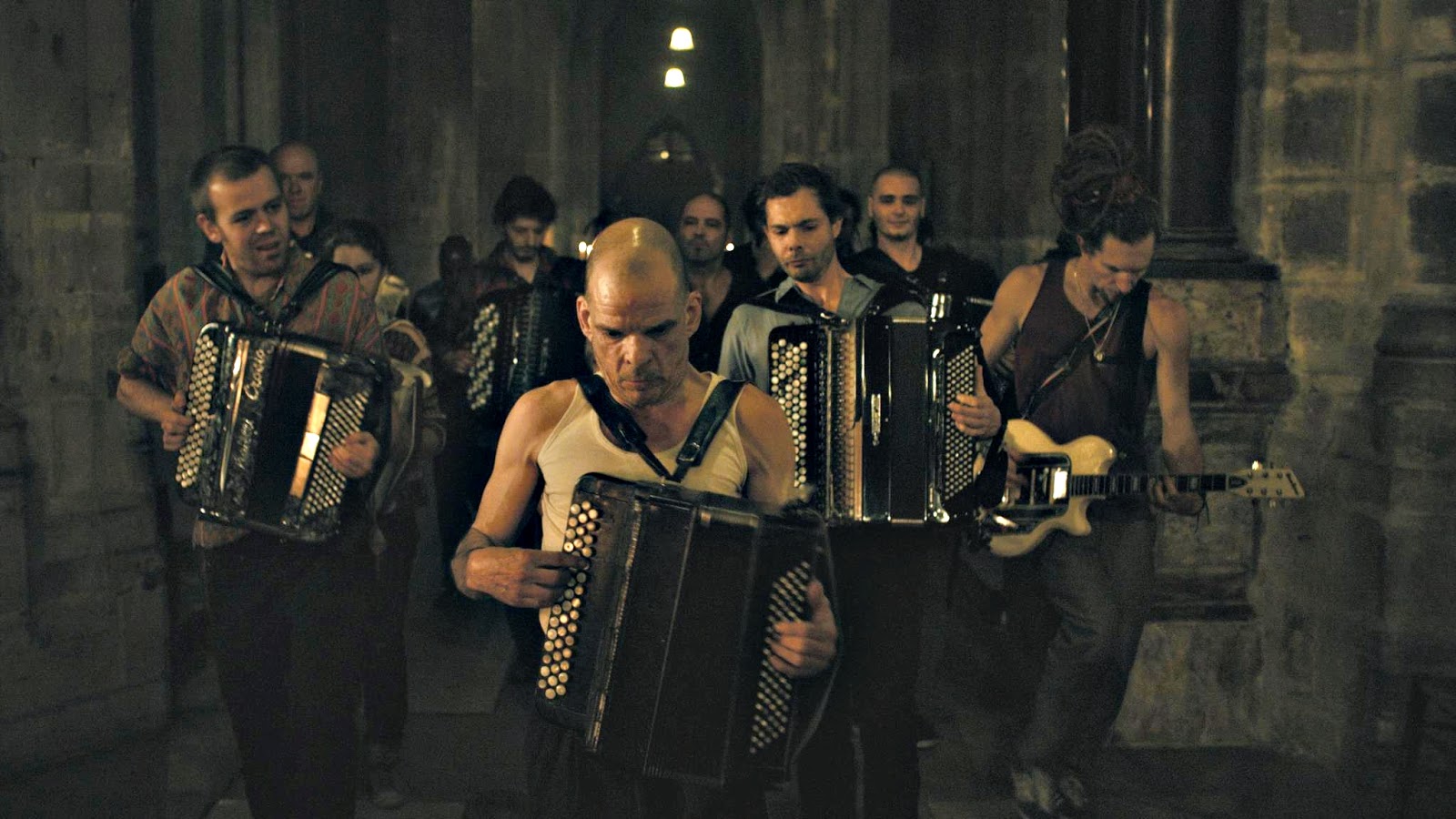
How can we define “Holy Motors”? Surreal doesn’t even begin to describe the best film in Leos Carax’s career.
In this film starring Denis Lavant in many, many roles (but let’s call him Monsieur Oscar, a name not chosen by chance), we follow a day in the life of a mystic man who plays many roles in various “appointments”.
“Holy Motors” is a very difficult movie to define because it seems more like an about film, trying to explore – and why not criticize – this complex art form. Textures, identities, colors and many themes are explored in one of the most unique movies of this century.
With an amazing performance by Denis Lavant and considered by the BBC as the 16th Greatest Movie of this Century, “Holy Motors” is definitely a mandatory movie for any cinephile.
3. Mulholland Drive (2001, David Lynch)
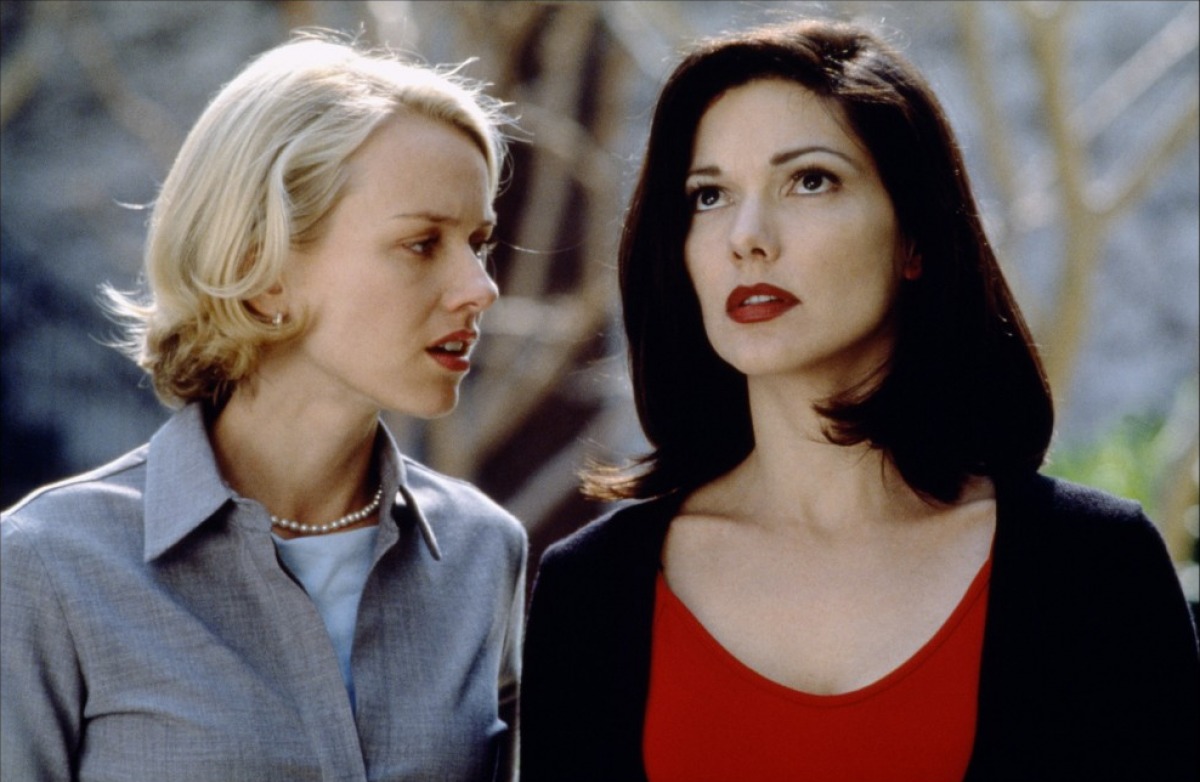
Talking about BBC’s list of The 21st Century 100 Greatest Films, this is the movie considered by them as number one. “Mulholland Drive” really deserves its name on the top of the list and among the best movies ever made.
This very mysterious film, starring Naomi Watts and Laura Harring and helmed by surrealist master David Lynch, is an about success and especially about our own identity.
Following the story of a young actress who traveled to Hollywood and has amnesia after a car accident, this story with touches of Ingmar Bergman’s “Persona” (1966) is really an amazing study of character that should be watched by any cinephile.
Expectations. Power. Business. This movie has so many layers and so many hidden meanings and nuances that words simply cannot describe it faithfully. “Mulholland Drive” is a masterpiece that should be seen again and again.
2. Tropical Malady (2004, Apichatpong Weerasethakul)
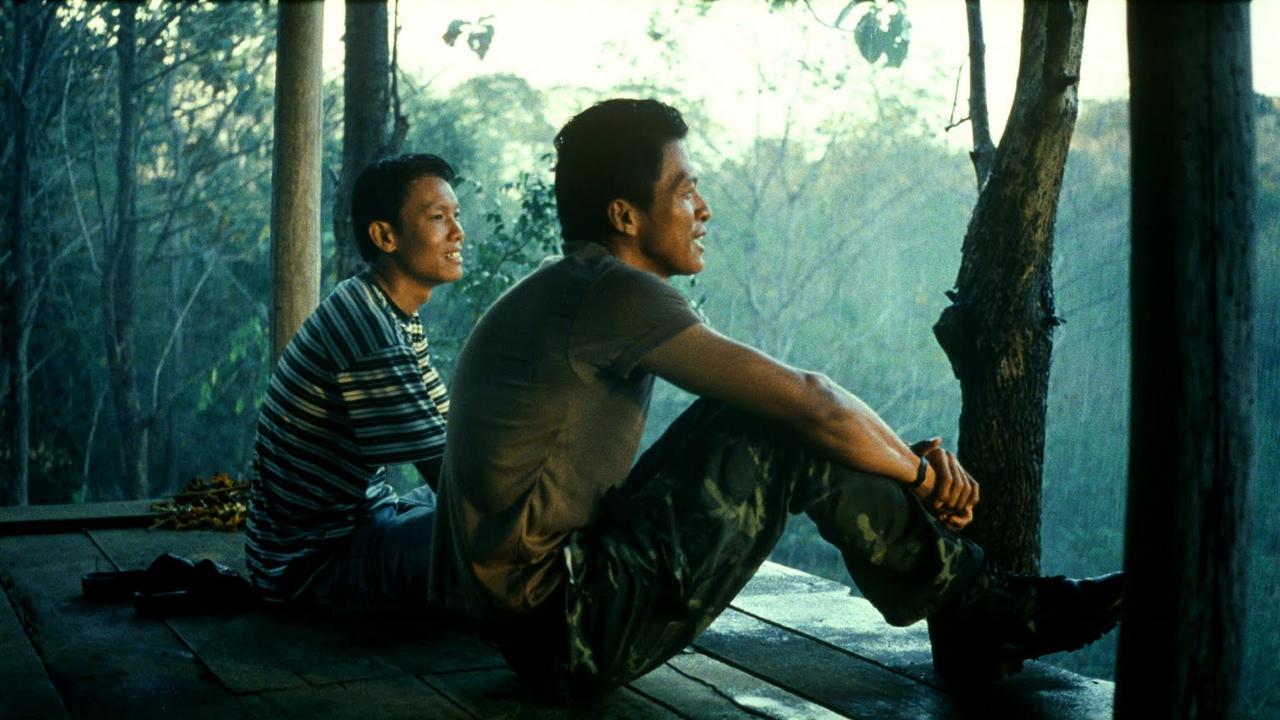
Most movies directed by Apichatpong Weerasethakul could be on a list of unique movies of this century. Films like “Blissfully Yours” (2002), “Syndromes and a Century” (2006), the Palme d’Or winner “Uncle Boonmee Who Can Recall His Past Lives” (2010) or “Cemetery of Splendour” (2015) could easily be on this list, but the chosen is “Tropical Malady”, one of Weerasethakul’s masterpieces, because he definitely has more than one.
In “Tropical Malady” we follow a romance between a country boy and a soldier. Divided in two parts, first we follow the relationship between the two men in the countryside and in the second part of the film, we see the terror of an unknown force hidden in the jungle.
With many traces of Apichatpong’s other works, this slow-paced masterpiece with amazing visuals and great performances by the leading actors is definitely among the greatest films of this century. “Tropical Malady” is a movie that should definitely be watched by any cinephile and is among the most unique movies of this centuries.
1. Goodbye to Language (2014, Jean-Luc Godard)
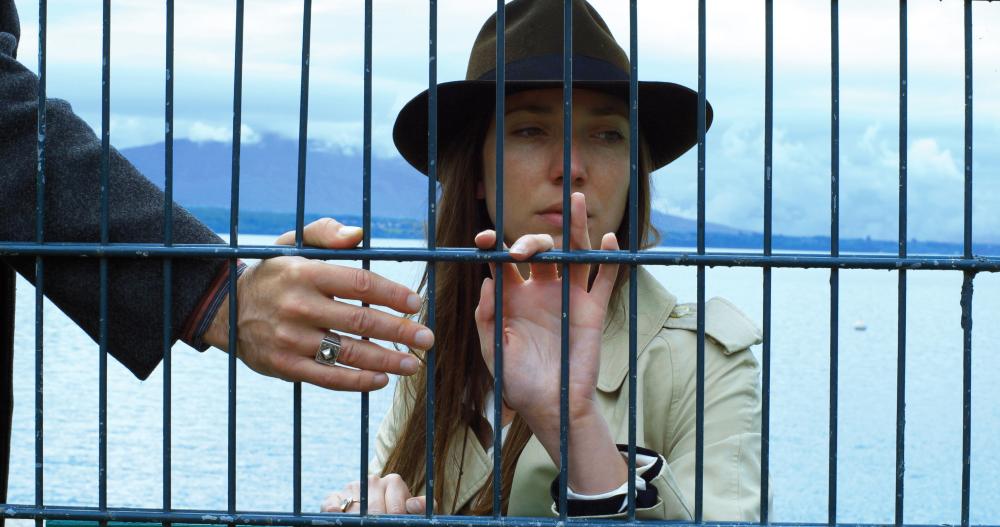
Written and directed by French master Jean-Luc Godard, “Goodbye to Language” has a very unique use of 3D and could surely be considered the best work of Godard in the last couple of decades.
Following the story of the meeting of a married woman and a single man – but not being as simple as that – this movie plays with its plot and its form by being very complicated to follow, despite its apparently simple premise.
With a great use of 3D and especially exploring a lack of communication in our relationships – and society – “Goodbye to Language” is more proof of how much Godard understands the film language, despite how much it keeps changing. This is another complex lesson by one of cinema’s greatest masters and that makes it number one on our list.
Author bio: Vítor Guima is a filmmaker, writer and musician from São Paulo, Brazil. Every day he watches a movie, reads a few pages from a book, listens to an album and freaks out with the feeling of not having enough time to see everything. You can follow him on Instagram on @ovitorguima.